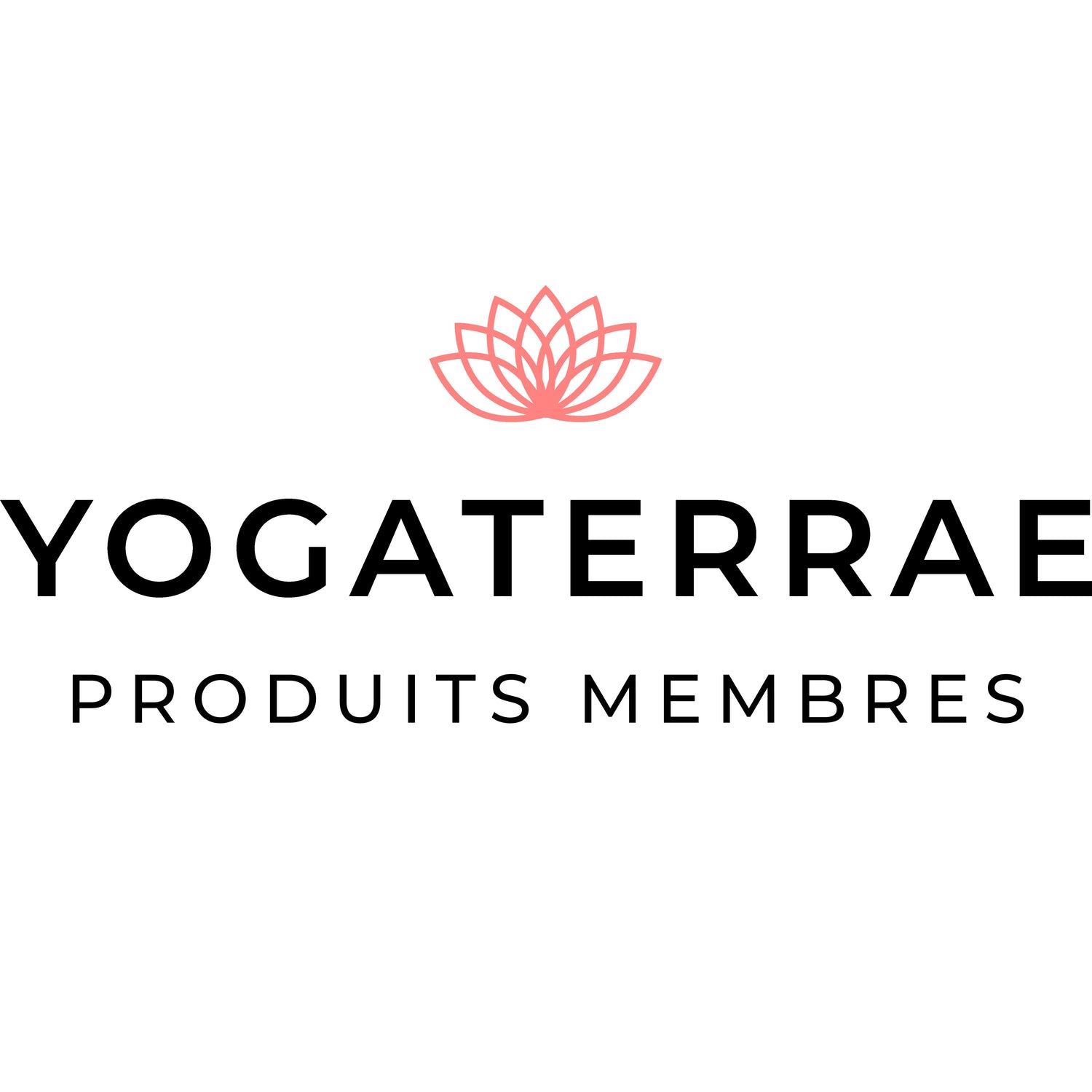HAWAIIAN RITUALS & YOGA: MANA, HO'OPONOPONO, HULA, OLI, MELE, LOMI LOMI
Hawaii is a land steeped in ancestral traditions, where every element of nature is sacred and carries vital energy. Hawaiian rituals, deeply rooted in the Aloha philosophy - which means love, respect and connection - offer powerful practices for aligning body, mind and soul. Combined with yoga, these rituals enable access to a deeper dimension of the self, promoting inner healing and harmony with the world.
Written by TINA - March 2025
Inklapbare content
Reading time
Approx. 10 minutes
WHAT YOU'RE ABOUT TO DISCOVER
- 🌿 Mana: Hawaiian vital energy and its link with breath and meditation
- 🔥 Ho'oponopono: The power of forgiveness to cleanse the mind and soothe the heart
- 🌊 Sa cred songs and dances (Hula, Oli, Mele) as tools for spiritual connection
- 🌞 Natural elements and their role in anchoring and balancing energy
- 🌀 Lomi Lomi : Sacred massage as a healing practice
- 🏝️ How to integrate these rituals into your daily yoga practice
"Let's take a look!
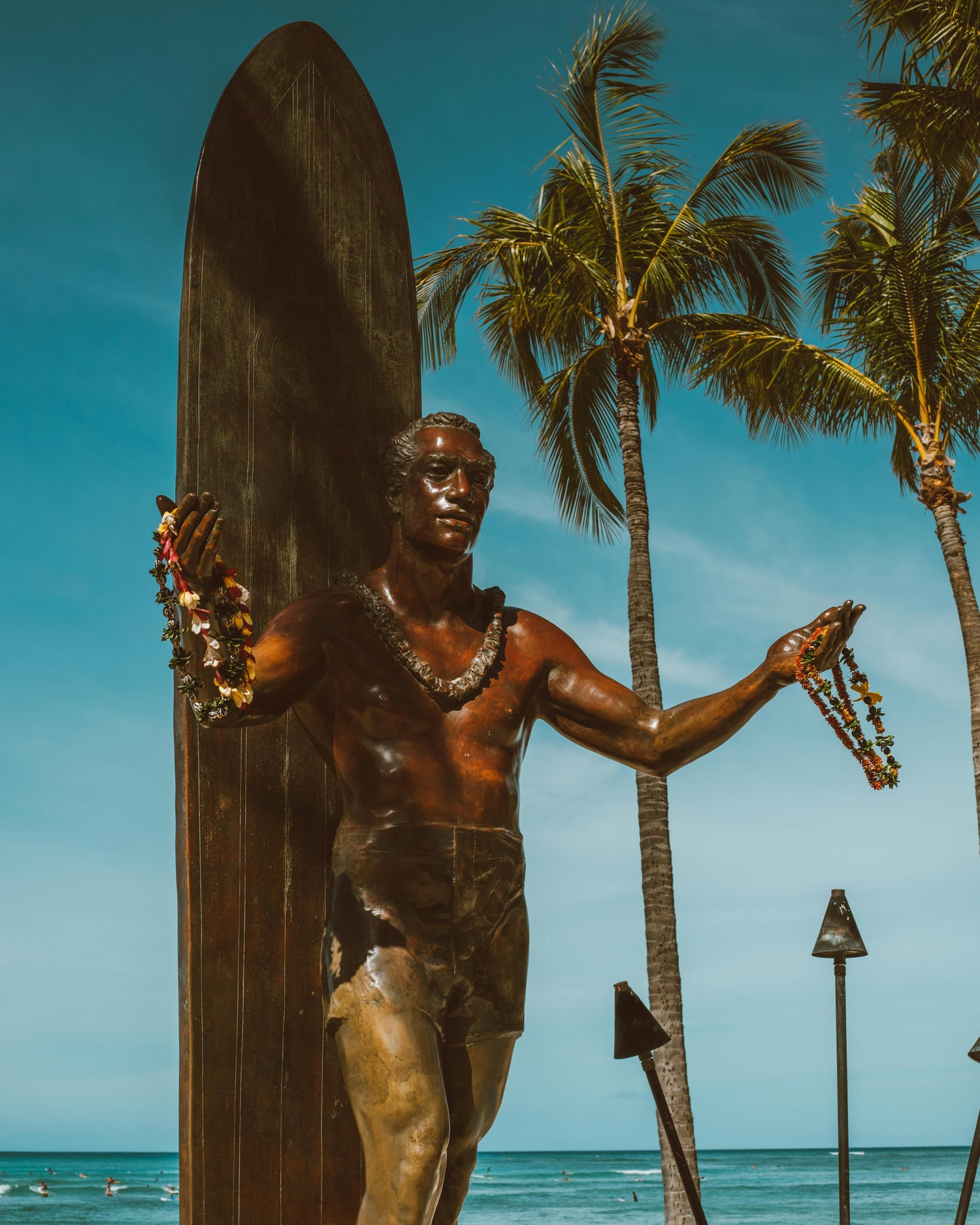
MANA: HAWAIIAN VITAL ENERGY AND ITS LINK WITH BREATH AND MEDITATION
In Hawaiian tradition, Mana is much more than a concept: it's an omnipresent force, a vital energy that animates every being, every natural element, every breath. Comparable to Prana in yoga or Chi in the Chinese tradition, Mana is perceived as the very essence of life, an invisible power that flows through us and our environment.
Mana, a sacred and universal energy
Hawaiians believe that Mana is in everything and everyone. It can be cultivated, strengthened, but also dissipated by harmful thoughts or actions. Certain natural places, such as volcanoes, oceans or sacred forests, are considered inexhaustible sources of Mana, as are certain people who cultivate a deep state of balance.
This energy is also linked to intention and respect for the living. According to this philosophy, a person in harmony with themselves and their environment radiates powerful Mana, which inspires and heals those around them.
Mana and breath: a gateway to vitality
In the Hawaiian language, the word "Ha" means breath, a central element in the transmission and maintenance of Mana. This vision resonates strongly with yoga, where conscious breathing, or Pranayama, is used to activate vital energy.
Some Hawaiian practices encourage slow, deep breathing, in particular :
Ha Breath: A deep, prolonged breath that allows you to fully absorb nature's Mana. Inhale slowly through the nose, hold for a moment, then exhale with a long, liberating haaa.
Pule Mana: A Hawaiian meditation in which you breathe in, visualizing light penetrating your body, and breathe out, sending this energy to an intention or a person.
Hawaiian meditation and anchoring in Mana
To cultivate your Mana, it's essential to align yourself with the forces of nature and adopt a posture of openness and gratitude. A simple practice is to meditate facing the ocean, feeling the energy of the waves, or under an ancient tree, anchoring yourself deeply in the earth.
In yoga, Pranayama and mindfulness meditations are powerful tools for channeling this energy. Combining the principles of Mana with yogic practices can enhance vitality, balance and intuition.
Integrating this wisdom into your practice means cultivating a fluid, nourishing and harmonious energy, within yourself and around you.
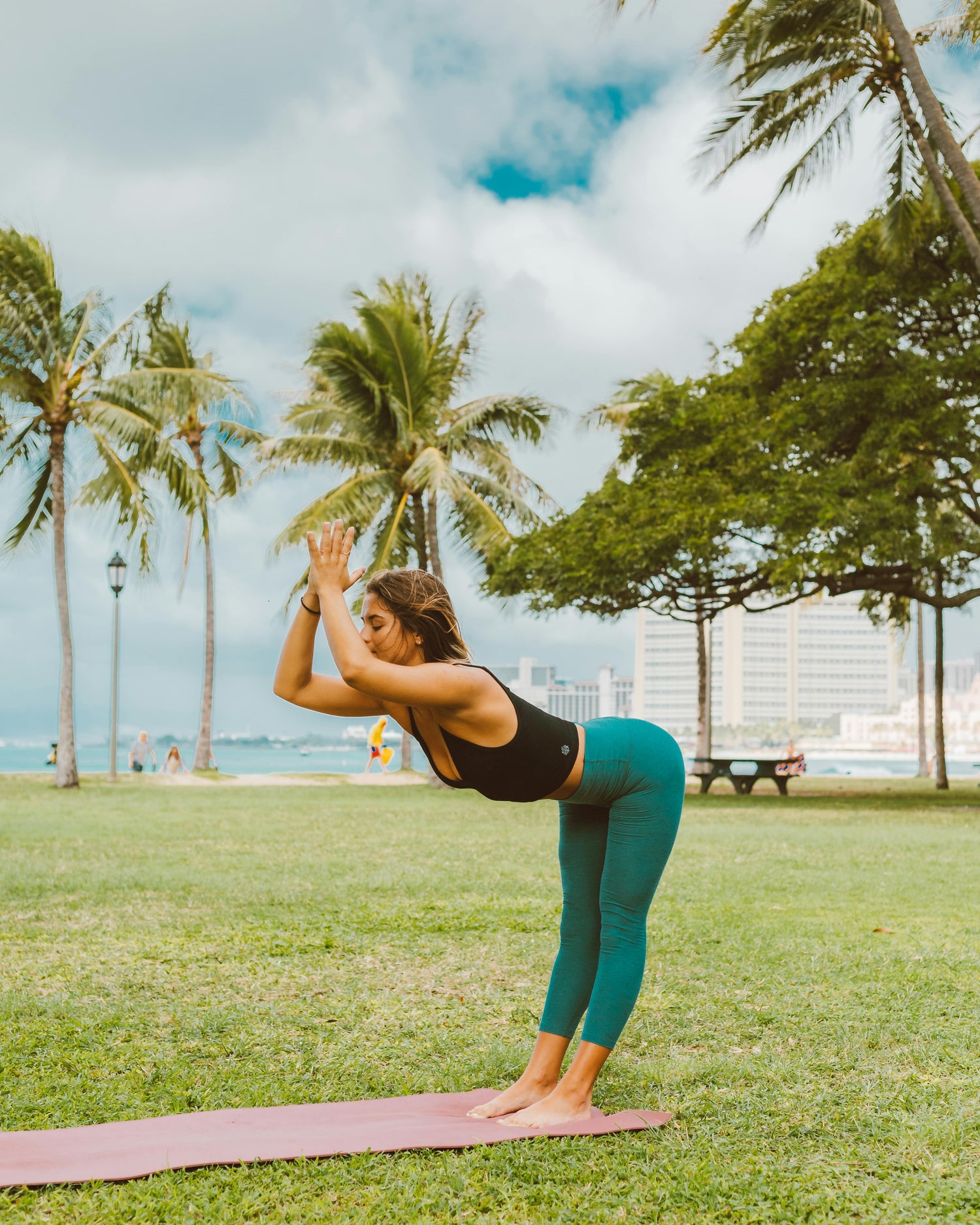
HO'OPONOPONO: THE POWER OF FORGIVENESS TO CLEANSE THE MIND AND SOOTHE THE HEART
At the heart of Hawaiian philosophy, Ho'oponopono is much more than a simple practice of forgiveness: it's a sacred ritual of reconciliation, purification and harmonization of relationships, whether with oneself, with others or with the universe. This method is based on a fundamental principle: any external disharmony has its source within us, and it's up to us to transform it by re-establishing inner balance.
The origins of Ho'oponopono: a tradition of reconciliation
In ancestral Hawaiian culture, Ho'oponopono was practiced in community under the guidance of a Kahuna (priest or healer). When conflict or disharmony arose within a family or group, a ritual was performed to release tension and restore harmony. It was a process in which each individual took responsibility for his or her part in the imbalance, and sought to free him- or herself from resentment and the weight of the past.
Over time, this practice has been simplified and adapted for more personal use, thanks in particular to the teachings of Morrnah Nalamaku Simeona, a Hawaiian healer who popularized Ho'oponopono around the world.
The 4 mantras of Ho'oponopono: an inner alchemy
At the heart of this practice is a purification ritual based on four simple and powerful phrases:
I'm sorry: Acknowledge your share of responsibility for the situation and accept the negative emotions that emerge.
Forgive me: Ask forgiveness of yourself and the universe for having contributed, consciously or unconsciously, to the imbalance.
Thank you: Express gratitude for the opportunity to free yourself and bring harmony.
I love you: Send an energy of love and kindness, the key to transformation and healing.
This process cleanses negative memories and emotional blockages that limit our well-being and relationships. It is based on the idea that forgiveness is not an act directed at another, but a gift we give ourselves, by releasing unnecessary emotional charges.
Ho'oponopono and yoga: a synergy for inner balance
In yogic philosophy, the idea of inner purification and liberation from attachments resonates deeply with Ho'oponopono. This practice can be integrated into yoga and meditation in a number of ways:
Meditative practice: Recite the Ho'oponopono mantras with full awareness, concentrating on the breath and visualizing negative energy dissolving.
Heart-opening postures: Asanas such as Anahatasana (melting heart posture) or Ustrasana (camel posture) allow you to fully welcome this emotional release and open up a space of forgiveness and gratitude.
Pranayama for purification: Kapalabhati breathing or alternate breathing (Nadi Shodhana) can help cleanse negative thoughts and promote a state of inner clarity.
Ho'oponopono: a path to inner peace
Practicing Ho'oponopono regularly, whether through mantra repetition, meditation or integrating these principles into daily life, helps to calm inner and outer conflicts. It's a powerful reminder that we all have the power to harmonize our world, by first healing within ourselves what we perceive as imbalance outside.
By cultivating this practice as a complement to yoga, we develop an inner posture of compassion, acceptance and peace, which transforms not only our own reality, but also that of others.
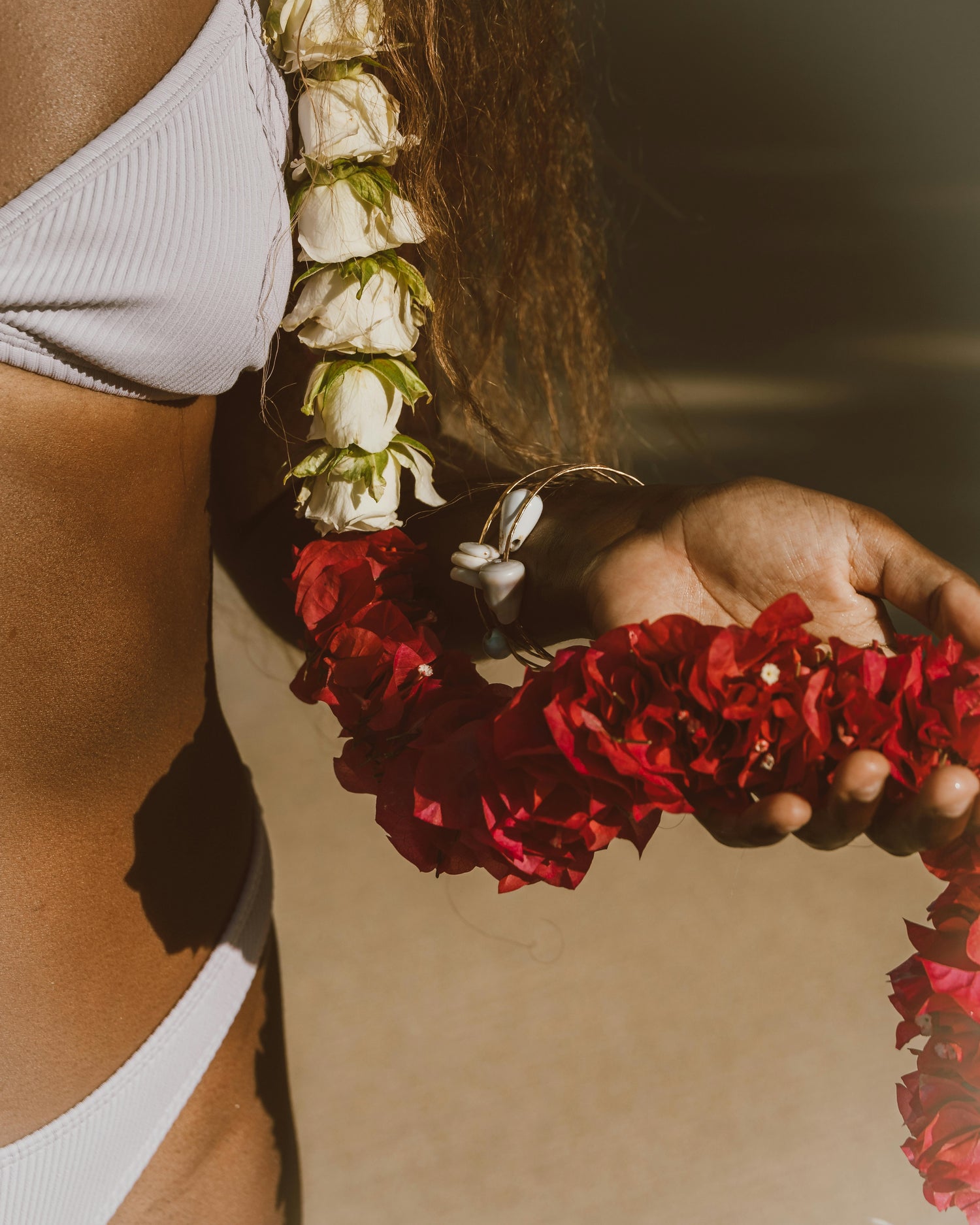
SACRED SONGS AND DANCES (HULA, OLI, MELE): TOOLS FOR SPIRITUAL CONNECTION
In the Hawaiian tradition, music and dance are not merely artistic expressions, but sacred practices linking man to nature and the divinities. Every gesture, every note, every vibration carries a spiritual intention, unifying body, soul and universe.
Hula: a spiritual dance
Hula is a ritual dance that tells stories through precise movements. There are two main forms:
Hula Kahiko: ancient and ritualistic, accompanied by percussion and sacred chants.
Hula 'Auana: modern, influenced by Western music, more fluid and melodious.
Each gesture embodies a natural element or emotion, creating a veritable meditation in motion.
Oli: sacred vibratory chanting
Oli are songs recited a cappella, used to open a sacred space, invoke the ancestors or mark a passage in life. Their vibration enables a deep connection between the human voice and the divine, like mantras in yoga.
Mele: the memory of the Hawaiian people
Mele are narrative songs that perpetuate ancestral history and wisdom. They take different forms:
Mele inoa: dedicated to deities or loved ones.
Mele pule: prayers sung for the blessing.
Mele ho'oipoipo: songs of love and union.
These songs, handed down from generation to generation, are a vibratory offering linking past and present.
A link between Hawaiian tradition and yoga
Integrating these chants and dances into a spiritual practice strengthens the connection to breath, vibration and intuition. Like yoga, they promote grounding, fluidity and energy harmonization.
By practicing these rituals, we celebrate the unity between man and nature, cultivating a deeper relationship with ourselves and the world.

NATURAL ELEMENTS AND THEIR ROLE IN ANCHORING AND BALANCING ENERGY
In Hawaiian philosophy, nature is a source of wisdom and vital energy. Each element - earth, water, air and fire - influences our physical, mental and spiritual balance. By integrating them into our daily lives or yoga practice, we reconnect with our deepest essence and find a more stable grounding.
🌿 Earth (ʻĀina): Anchoring and stability
The earth is the foundation of existence, symbolizing strength, stability and connection to roots. Standing barefoot on the ground allows us to absorb the earth's energy and balance our emotional grounding.
Practicing Yoga Nidra or postures like Tadasana (mountain posture) helps us connect to this stabilizing force.
In Hawaii, walking on the sand or meditating under a sacred banyan tree promotes a sense of security and anchoring.
🌊 Water (Wai): Fluidity and letting go
Water symbolizes adaptability, purification and renewal. In constant motion, it teaches the art of letting go and acceptance.
Practicing Yin Yoga, where postures are held for long periods of time, helps you to embrace the fluidity of your body and emotions.
Hawaiians practice water purification (Hi'uwai), a ritual that involves bathing in the ocean to free oneself of negative energies and start afresh.
🌬️ Air (Makani): Breathing and intuition
Air represents the breath of life (Ha) and the connection between inside and outside. It is linked to the mind and communication with the invisible world.
The practice of Pranayama (breathing exercises) and in particular Nadi Shodhana (alternate breathing) balances energies and clarifies the mind.
In Hawaii, listening to the wind blow through the palm trees or meditating in front of the trade winds reinforces awareness of the present moment.
🔥 Fire (Ahi): Energy and transformation
Fire is the force of transformation, will and action. It symbolizes motivation and inner energy.
Practising dynamic styles such as Ashtanga Yoga or Kapalabhati (breath of fire) stimulates energy and vitality.
In Hawaii, the Kīlauea volcano is a sacred manifestation of fire, recalling the power of renewal and creation.
A balance of elements for inner harmony
We are constantly influenced by these elements, and cultivating a conscious connection with them allows us to adjust our inner state. If we feel scattered, we can strengthen our anchorage with earth. If we need mental clarity, we can work with air.
Whether through yoga, meditation or rituals inspired by Hawaiian traditions, honoring the elements means harmonizing with the universe and rediscovering a profound balance.
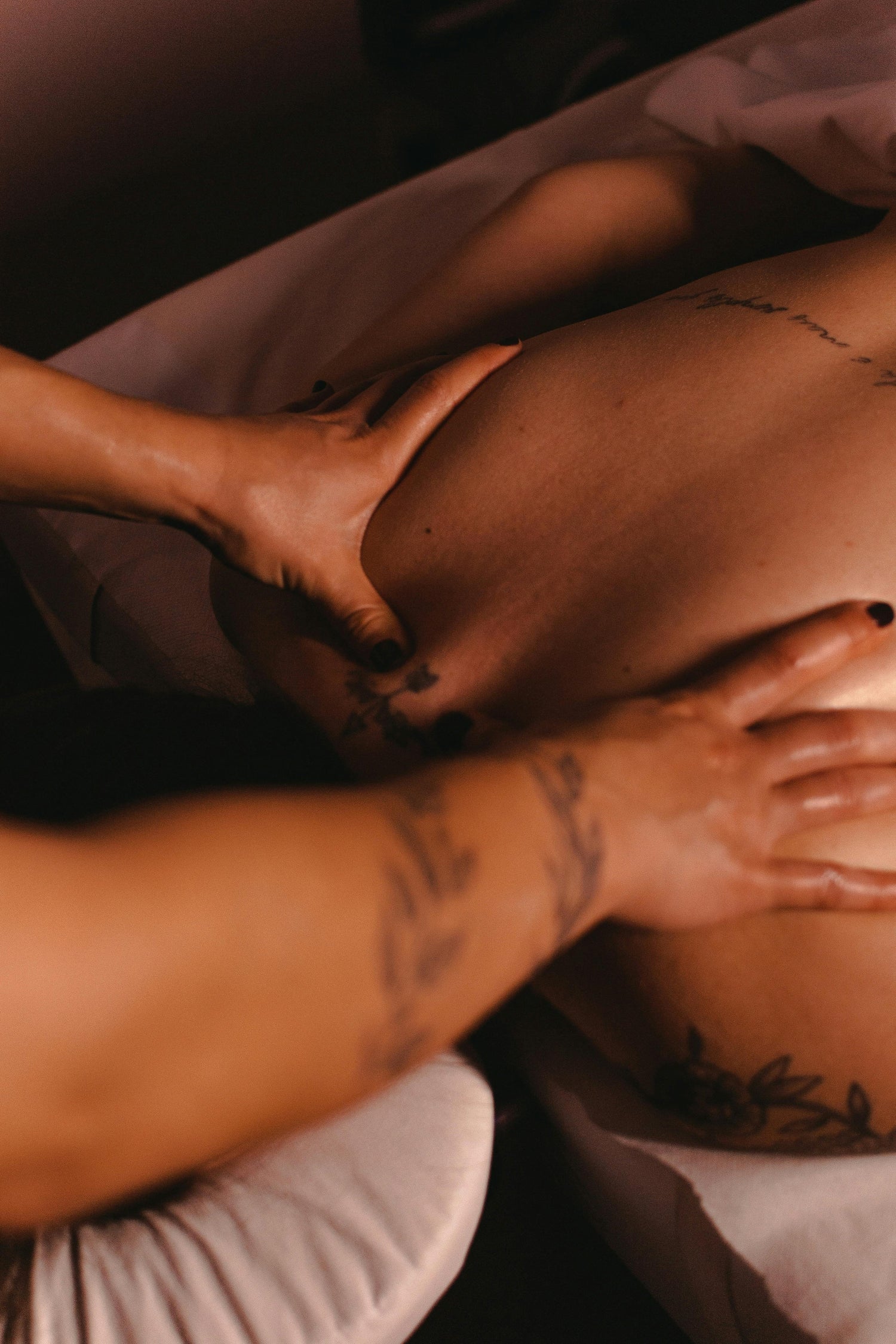
LOMI LOMI: SACRED MASSAGE AS A HEALING PRACTICE
Lomi Lomi, also known as "loving hands massage", is an ancestral Hawaiian healing practice that goes far beyond a simple physical massage. It is a healing ritual that aims to rebalance the energy of body and mind by harmonizing Mana, the vital force that circulates within each of us.
A holistic massage inspired by nature
In the Hawaiian tradition, body, mind and emotions are intimately linked. Muscular tension can reflect an energetic or emotional blockage. Lomi Lomi is inspired by the movements of nature:
The ebb and flow of the waves, with long, fluid forearm gestures.
The breath of the wind, through gentle, rhythmic pressure.
The power of fire and earth, with deep work on muscle tissue.
Practitioners often use warm oils and sometimes incorporate sacred chants (Oli ) to intensify the spiritual dimension of the treatment.
A ritual of inner transformation
Traditionally, Lomi Lomi was practiced by Kahuna, Hawaiian healers, to prepare body and soul for renewal, such as a life transition or energetic purification. It is often accompanied by prayer and Ho'oponopono, a ritual of forgiveness and emotional release.
It helps dissolve physical and mental tension.
It promotes a deep sense of letting go, releasing emotions stored in muscles and joints.
It restores the circulation of Mana, rebalancing overall well-being.
A parallel with yoga philosophy
Like yoga, Lomi Lomi is based on the idea that blocked energies hinder vitality. Working on the body encourages emotional openness and a better circulation of energy, as in asanas and pranayama.
Certain yoga postures, such as Supta Baddha Konasana (reclining butterfly posture), accompanied by deep breathing, extend the benefits of Lomi Lomi by promoting relaxation and integration of the experience.
Integrate Lomi Lomi energy into your daily practice
Even without receiving a massage, it is possible to apply the principles of Lomi Lomi in your routine:
Practice self-massage with fluid movements to relax the body.
Combine breathing and movement, as in a gentle yoga practice.
Cultivate intention and kindness, because every touch carries energy.
Lomi Lomi is much more than a massage: it's an art of living that invites us to welcome each moment with gentleness, to release what hinders us and to let life's energy flow freely.

HOW TO INTEGRATE THESE RITUALS INTO YOUR DAILY YOGA PRACTICE
Hawaiian traditions and yoga share a common vision: that of a balance between body, mind and vital energy. By integrating certain ancestral rituals into your yoga practice, you can enrich your experience, deepen your inner connection and cultivate a more holistic sense of well-being.
1. Honoring Mana through conscious breathing
In Hawaiian culture, Mana is the life energy that circulates within and around us. In yoga, this energy is similar to Prana, which we can activate and harmonize through Pranayama.
Exercise: Practice Nadi Shodhana (alternate breathing) at the start of your session to balance your inner energy and strengthen your connection with Mana. Associated Hawaiian ritual: Take a moment to express your gratitude before your practice, by setting an intention and breathing deeply.
2. Applying the principles of Ho'oponopono in meditation
Ho'oponopono, the Hawaiian ritual of forgiveness and liberation, can be a powerful tool for mental cleansing before or after your yoga session.
Exercise: While relaxing in Savasana, repeat the mantra inwardly:
"I'm sorry, forgive me, thank you, I love you." Benefits: This practice helps to release emotional tension and cultivate a state of inner peace.
3. Connecting with the natural elements during practice
The elements (Earth, Water, Air, Fire) are omnipresent in Hawaiian traditions and play an essential role in balancing body and mind.
Exercise:
the Earth elementTadasana (mountain pose)
the Water element, link up a fluid Vinyasa, synchronizing breath and movement.
the Air elementUstrasana (camel pose).
the Fire element, activate your energy with exercises such as the fire breath (Kapalabhati).
4.Take inspiration from sacred chants and dances to awaken energy
Chanting (Oli, Mele) and Hula dancing are bodily expressions that promote harmony and joy. Bhakti Yoga (devotional yoga) also incorporates mantras and intuitive movements.
Exercise: Incorporate a chant or mantra into your practice, such as "Om Shanti Shanti Shanti" to invoke inner peace, or a Hawaiian chant to reinforce your intention for the day. Benefits: This approach helps to open the heart and release stagnant emotions.
5. Welcoming Lomi Lomi energy into movement
Lomi Lomi, a traditional Hawaiian massage, is based on fluid, enveloping strokes that recall the movement of the waves. In yoga, mobility and gentleness are just as essential.
Exercise: Practice a slow, flowing Yin Yoga sequence, remaining attentive to every bodily sensation and incorporating gentle self-massages on arms and legs. Ritual: After the session, apply a natural oil to your skin, massaging gently to prolong the relaxing effect.
6. Bring these rituals back into everyday life
Yoga and Hawaiian traditions are not limited to a mat or a practice room. They are philosophies of life to be integrated into every moment.
Create a sacred space at home with natural elements (stones, shells, driftwood) to meditate and recharge your batteries.
Listen to the sounds of nature (waves, birds, wind) during moments of relaxation or breathing.
Express gratitude daily, a fundamental principle of yoga and Hawaiian traditions.
Yoga enriched by Hawaiian wisdom
By integrating these rituals into your routine, you cultivate a deep connection with your vital energy and with the natural world around you. Whether through breath, movement, sound or meditation, these practices help you find harmony between body, mind and the living world, while respecting the essence of yoga and Hawaiian traditions.
TINA's bio
-

TINA
1994, Reunion Island & Mauritius, a Life inspired by the Indian Ocean and Yoga
Since childhood, this intrepid traveler has criss-crossed the globe, leaving her footprints on beaches the world over.Passionate about surfing, scuba diving and sailing, she has made the ocean her playground and source of inspiration.
The freedom of the waves, the serenity of the ocean depths and the wind in his sails have punctuated his journey, always guided by a quest for connection with nature.
Through her explorations, yoga has become more than a practice for her - it's a way of life.
Between morning surf sessions and meditative sunsets, she has found in yoga a perfect balance of strength, fluidity and self-awareness.
Today, she combines her passion for water sports with teaching yoga and is part of the Yogaterrae team, here in France, in the South-West and often remotely :)
This adventuress is a true source of inspiration for anyone who aspires to live in harmony with their body and nature.
Through her stories of incredible experiences, she invites everyone to open up to a world where every wave, every breath and every posture is a celebration of life.
